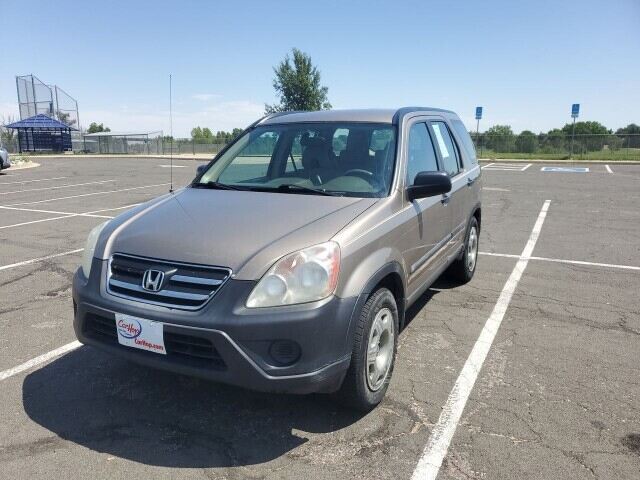Explore 10 Yoga Poses for Beginners to Improve Flexibility
Yoga is more than just a form of exercise; it's a way to connect the body, mind, and spirit while improving overall health and well-being. One of the many benefits of practicing yoga is increased flexibility. Flexibility is not only important for performing everyday tasks with ease but also for preventing injuries and maintaining a balanced body. If you’re a beginner looking to improve flexibility, there are certain yoga poses that can help you gradually enhance your range of motion, loosen tight muscles, and increase your overall agility.
This article will guide you through 10 beginner-friendly yoga poses that will help you improve flexibility, one stretch at a time.
1. Cat-Cow Stretch (Marjaryasana-Bitilasana)
Benefits:
The Cat-Cow stretch is a gentle warm-up that helps to stretch the spine, neck, and shoulders. It promotes flexibility in the back and prepares your body for more intense stretches.
.png)
How to do it:
-
Start on your hands and knees in a tabletop position.
-
As you inhale, arch your back and lift your chest and tailbone toward the ceiling (Cow pose).
-
As you exhale, round your spine and tuck your chin toward your chest (Cat pose).
-
Repeat this sequence for 5–10 breaths, moving fluidly with your inhales and exhales.
2. Downward-Facing Dog (Adho Mukha Svanasana)
Benefits:
One of the most recognized yoga poses, Downward-Facing Dog stretches the hamstrings, calves, and shoulders. It also strengthens the arms and legs, making it an excellent full-body stretch.
How to do it:
-
Begin on your hands and knees in a tabletop position.
-
Tuck your toes under and lift your hips toward the ceiling, creating an inverted "V" shape with your body.
-
Press your palms into the mat and try to keep your heels moving toward the floor (even if they don’t touch).
-
Hold for 5–10 breaths, focusing on stretching your back and legs.
3. Child's Pose (Balasana)
Benefits:
Child’s Pose is a resting pose that gently stretches the hips, thighs, and lower back. It’s an excellent pose for beginners to release tension and improve flexibility in the spine.
How to do it:
-
Kneel on the floor with your big toes touching and your knees spread wide apart.
-
Sit back on your heels and stretch your arms forward, bringing your forehead to the floor.
-
Keep your arms extended or rest them alongside your body.
-
Hold for 5–10 breaths, allowing your body to relax fully.
4. Seated Forward Bend (Paschimottanasana)
Benefits:
This pose deeply stretches the hamstrings, spine, and lower back. It’s a great way to improve flexibility in the legs while promoting relaxation.
.png)
How to do it:
-
Sit on the floor with your legs extended straight in front of you.
-
Inhale and lengthen your spine, reaching your arms overhead.
-
As you exhale, hinge at your hips and fold forward, reaching for your feet or ankles.
-
Keep your spine long, and avoid rounding your back.
-
Hold for 5–10 breaths, feeling a deep stretch in your hamstrings.
5. Cobra Pose (Bhujangasana)
Benefits:
Cobra Pose stretches the chest, shoulders, and abdomen while strengthening the spine. It improves flexibility in the upper body and opens up the chest.
How to do it:
-
Lie on your stomach with your legs extended and your hands placed under your shoulders.
-
Inhale and gently press into your palms, lifting your chest off the floor.
-
Keep your elbows slightly bent and your shoulders relaxed.
-
Hold for 5 breaths, feeling the stretch in your chest and abdomen.
6. Standing Forward Bend (Uttanasana)
Benefits:
Standing Forward Bend stretches the hamstrings, calves, and back. It helps improve flexibility in the entire posterior chain and releases tension in the spine.
How to do it:
-
Stand with your feet hip-width apart.
-
Inhale and lengthen your spine.
-
Exhale as you hinge at your hips and fold forward, bringing your hands toward the floor or grabbing your ankles.
-
Let your head hang heavy and relax your neck.
-
Hold for 5–10 breaths, allowing gravity to deepen the stretch.
7. Butterfly Pose (Baddha Konasana)
Benefits:
Butterfly Pose opens up the hips and groin while stretching the inner thighs. It’s a gentle pose that helps improve flexibility in the lower body.
How to do it:
-
Sit on the floor with your legs extended.
-
Bend your knees and bring the soles of your feet together, allowing your knees to drop out to the sides.
-
Hold your feet with your hands and gently press your knees toward the floor.
-
Sit tall and hold for 5–10 breaths, feeling the stretch in your hips and inner thighs.
8. Low Lunge (Anjaneyasana)
Benefits:
Low Lunge is an effective pose for stretching the hips, quads, and groin. It improves flexibility in the legs and helps open up tight hip flexors.
.png)
How to do it:
-
Begin in a high plank position, then step your right foot forward between your hands.
-
Lower your left knee to the ground, keeping your right knee over your right ankle.
-
Inhale and lift your torso, bringing your hands to your right knee or reaching them overhead.
-
Hold for 5–10 breaths, then switch sides.
9. Bridge Pose (Setu Bandhasana)
Benefits:
Bridge Pose stretches the chest, neck, and spine while strengthening the back and glutes. It’s a great pose to open up the front body and improve flexibility in the spine.
How to do it:
-
Lie on your back with your knees bent and your feet hip-width apart, close to your glutes.
-
Inhale and press into your feet, lifting your hips toward the ceiling.
-
Clasp your hands underneath your body and press your arms into the floor.
-
Hold for 5–10 breaths, feeling the stretch in your chest and back.
10. Reclining Hand-to-Big-Toe Pose (Supta Padangusthasana)
Benefits:
This reclining pose provides an intense stretch for the hamstrings and calves while also improving flexibility in the hips and lower back. It’s a great pose for beginners who want to work on leg flexibility.
How to do it:
-
Lie on your back with your legs extended.
-
Bend your right knee and grab your big toe with your right hand (or use a yoga strap around your foot).
-
Extend your right leg toward the ceiling while keeping your left leg on the floor.
-
Hold for 5 breaths, then switch sides.
Tips for Beginners to Improve Flexibility in Yoga
-
Start slow: Flexibility takes time, so don’t force your body into poses. Listen to your body and ease into each stretch.
-
Breathe deeply: In yoga, deep, controlled breathing helps release tension and allows your muscles to stretch more effectively.
-
Use props: Blocks, straps, and blankets can help beginners reach proper alignment and get the most out of each pose.
-
Practice regularly: Consistency is key. Practicing yoga a few times a week will help you gradually increase your flexibility.
-
Warm-up: Always start with a warm-up to prepare your muscles and joints for deeper stretches.
Conclusion
Improving flexibility through yoga is a gradual process, but with patience and regular practice, you will see noticeable results. These 10 beginner-friendly yoga poses will help stretch and strengthen your muscles, enhance your range of motion, and improve your overall flexibility. Whether you're looking to alleviate tightness, prevent injuries, or simply enhance your physical capabilities, incorporating these poses into your routine will help you move more freely and comfortably in your daily life.
Remember to listen to your body, breathe deeply, and enjoy the journey toward greater flexibility and well-being.
LATEST

Last updated: Sep 10, 2024

Last updated: Aug 31, 2024

Last updated: Sep 10, 2024

Last updated: Sep 10, 2024

Last updated: Aug 31, 2024

Last updated: Sep 10, 2024
